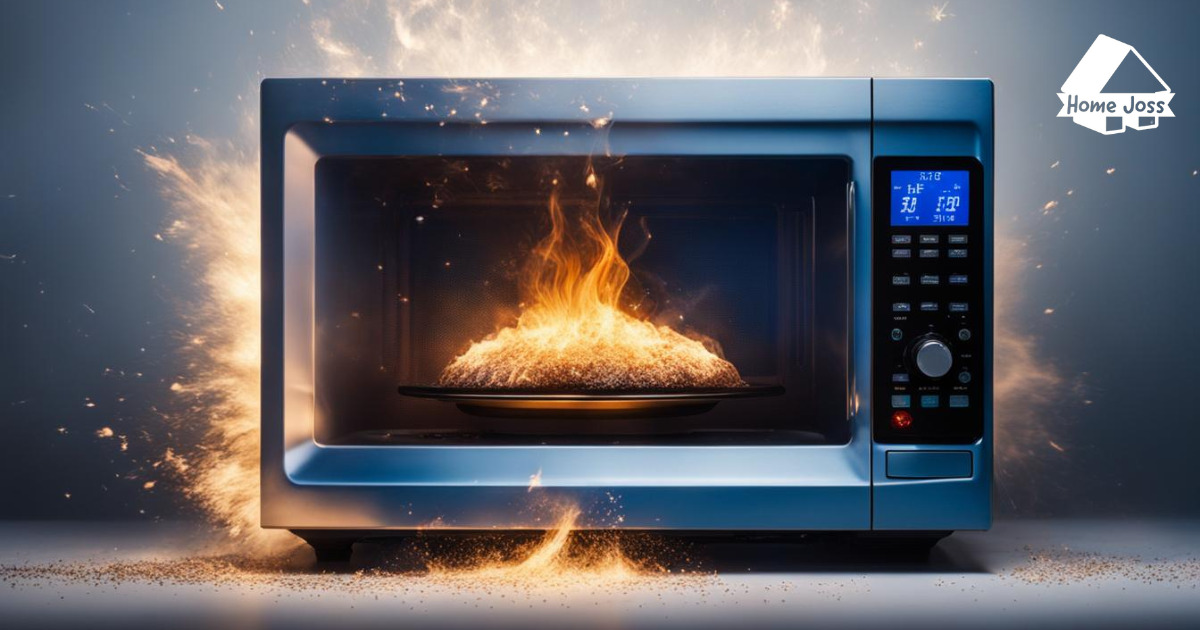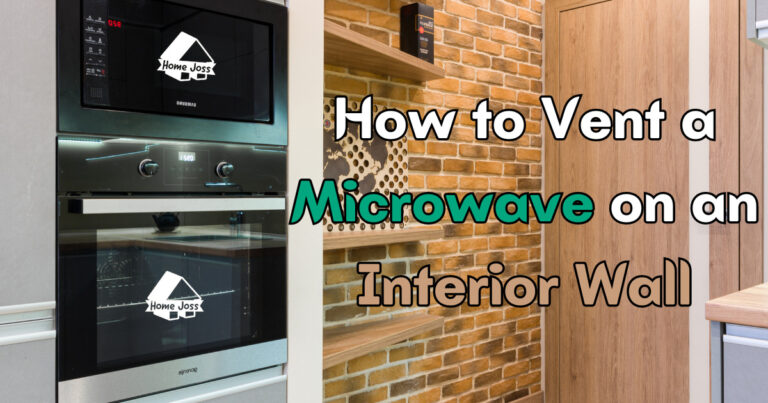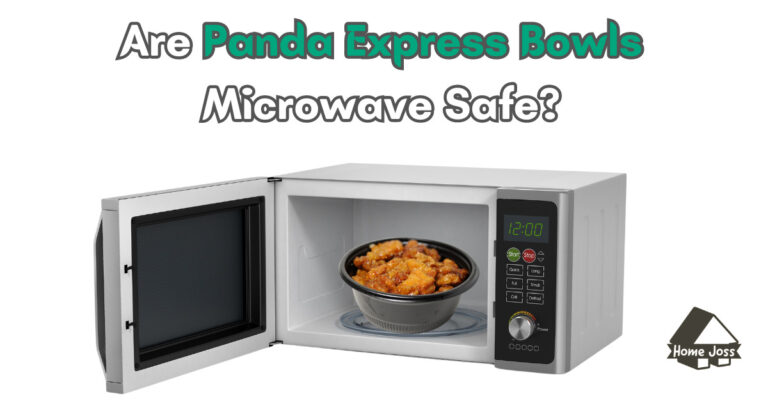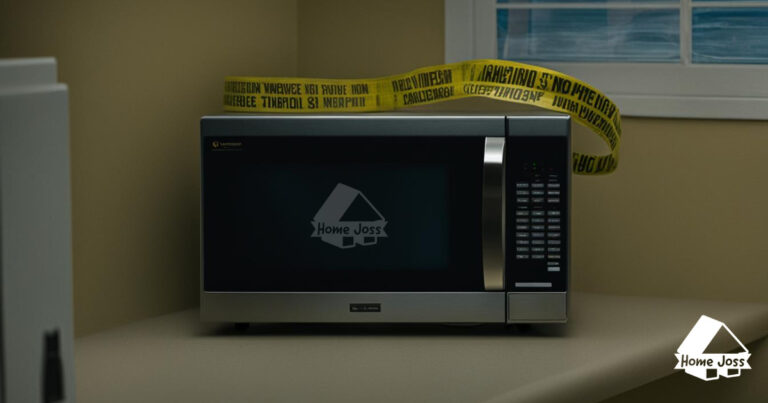When my microwave starts sparking, it can be quite worrisome. However, I’ve come to realize that sparking inside a microwave is actually quite common and doesn’t necessarily mean that the microwave is faulty or dangerous. In fact, there are several reasons why microwaves can spark.
One possible cause is the presence of metal scraps or foil inside the microwave, which easily creates sparks. Another common culprit is a damaged waveguide cover, allowing food particles or grease to come into contact with the magnetron and cause sparks.

Damaged rack supports or burned diodes can also lead to sparking. Lastly, using microwave-incompatible cookware can result in sparks.
By understanding these potential causes, I can take the necessary steps to prevent sparking and ensure the safe operation of my microwave. It’s always best to inspect the microwave and address any issues before calling a technician for repairs.
Metal Scraps and Foil
| Metal Scraps in Microwave | Foil in Microwave |
|---|---|
| Accidentally introduced during cleaning | Can catch fire and cause sparks |
| Utensils with metal handles | Avoid using non-microwave-safe foil |
| Can cause sparks when exposed to electromagnetic waves | Ensure food is not covered with foil during heating |
One of the most common reasons for sparking inside a microwave is the presence of metal scraps or foil. Even a small piece of metal can cause sparks when exposed to the electromagnetic waves inside the microwave.
Metal scraps can accidentally find their way into the microwave, such as when cleaning the microwave with steel wool or when using utensils with metal handles. Additionally, if you heat food that has a foil covering, it can catch fire and cause sparks.
To prevent sparking, always ensure that there are no metal scraps inside the microwave and avoid using foil or other metal objects that are not microwave-safe for cooking.
Metal scraps and foil are common culprits behind microwave sparks. It’s important to be mindful of what goes inside your microwave to avoid any potential fire hazards. By following these safety measures, you can ensure the safe and efficient operation of your microwave.
Waveguide Cover and Other Internal Components
| Potential Causes | Solutions |
|---|---|
| 1. Damaged waveguide cover | Inspect regularly and replace if damaged |
| 2. Damaged rack supports | Replace damaged rack supports |
| 3. Burned diodes | Replace burned diodes |
When it comes to sparking inside a microwave, one of the potential culprits is a damaged waveguide cover. The waveguide cover is a protective layer that covers the magnetron and directs the heat waves to the central area where the food is placed.
Over time, food particles and grease can accumulate on the waveguide cover. When the microwave is used, the heat from the magnetron can burn these particles, leading to sparks.
A damaged or shorted waveguide cover can cause frequent sparking, indicating the need for replacement. Regular inspection of the waveguide cover is crucial to identify any signs of damage or burn marks. If such issues are found, it is recommended to replace the waveguide cover promptly to ensure the safe operation of the microwave.
It’s important to note that other internal components of the microwave can also contribute to sparking. Damaged rack supports or burned diodes, for example, can create an environment that is more prone to sparking. Therefore, if you notice sparks occurring near the rack supports, it is advisable to replace them to prevent any further damage to the microwave’s interior.
By addressing potential issues with the waveguide cover and other internal components, you can minimize the occurrence of sparking and ensure the safe functioning of your microwave.
Ensure Microwave Safety and Prevent Sparks
To prevent sparking inside your microwave, there are several safety tips you can follow. First and foremost, always make sure that the cookware you use is microwave-safe. Avoid using any dishes or containers that contain metal or foil, as they can cause sparking and potential fire hazards.
Regularly inspect the waveguide cover of your microwave. Look for any signs of damage or burn marks. If you notice any issues, it’s important to replace the waveguide cover to prevent sparks and ensure the proper functioning of your microwave.
Another important aspect is the rack support inside your microwave. If you see sparks near the rack supports, it’s a sign that they might be damaged. In this case, it’s crucial to replace them to prevent any further damage to the interior of your microwave.
Always use microwave-compatible cookware. Make sure that your dishes and containers do not contain any metallic elements that can conduct electricity and cause sparking. By following these simple tips, you can minimize the risk of sparking and ensure the safe and efficient operation of your microwave.
FAQ
Why does my microwave spark?
There are several common reasons why microwaves spark, including the presence of metal scraps or foil, a damaged waveguide cover, damaged rack supports, or burned diodes. Using microwave-incompatible cookware can also result in sparks.
What causes sparking in a microwave?
One of the most common causes of sparking is the presence of metal scraps or foil inside the microwave. Additionally, a damaged waveguide cover can allow food particles or grease to come into contact with the magnetron and cause sparks.
How can I prevent sparking in my microwave?
To prevent sparking, always ensure there are no metal scraps or foil inside the microwave. Regularly inspect the waveguide cover for damage and replace it if needed. Replace damaged rack supports and avoid using microwave-incompatible cookware.
Is it safe to use a microwave that sparks?
While sparking inside a microwave is common, it is important to address any issues promptly. Inspect the microwave and address any potential causes of sparking before calling a technician for repairs.
Can using aluminum foil in the microwave cause sparks?
Yes, using aluminum foil in the microwave can cause sparks and is not recommended. The metal can catch fire and create a dangerous situation. Always avoid using foil or any other metal objects that are not microwave-safe for cooking.






